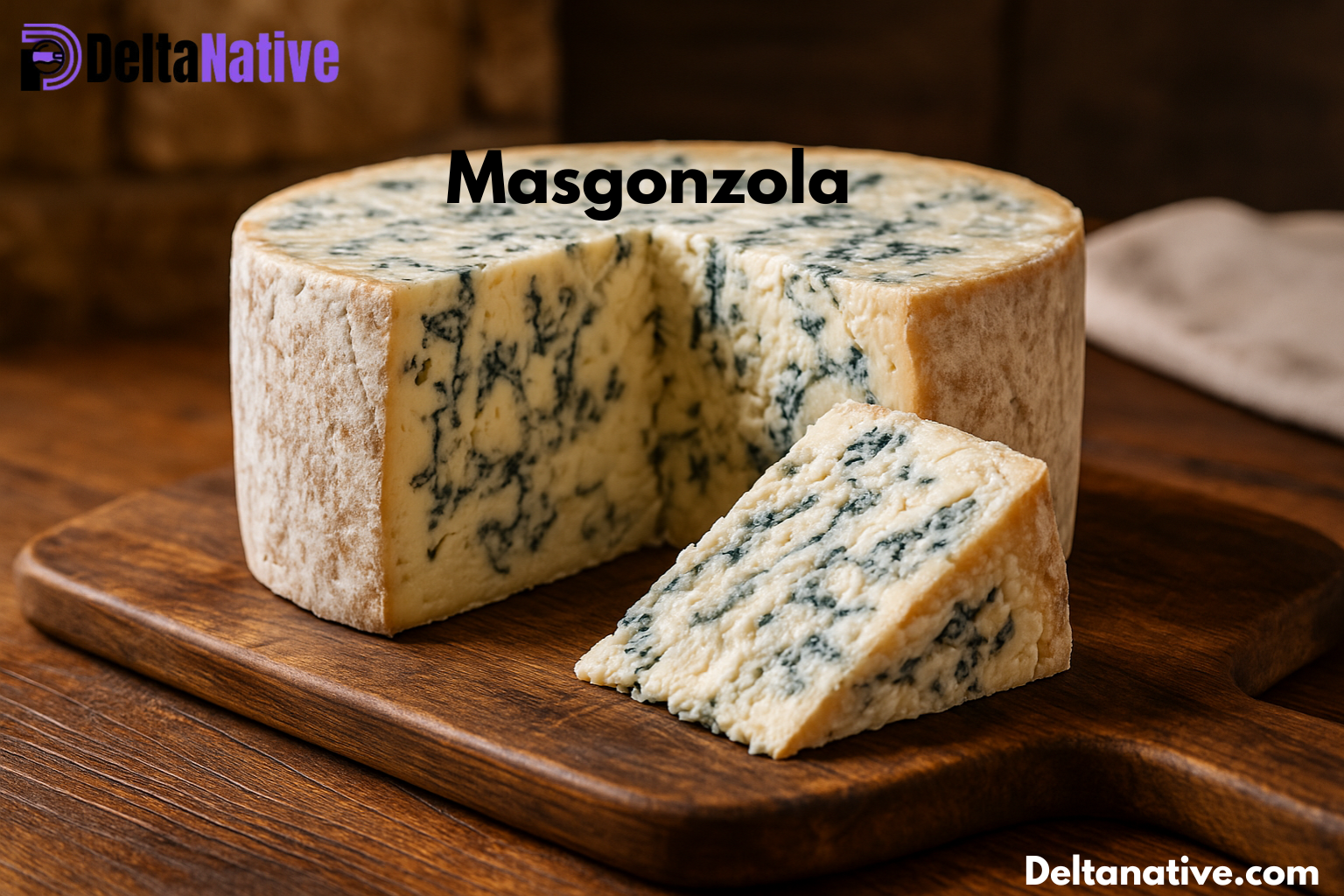Introduction
The word Masgonzola might sound unfamiliar at first, but for those in the know, it’s a unique blend of flavors, creativity, and cultural expression. Traditionally, the term refers to a culinary creation that combines the creamy richness of Mascarpone with the sharp tang of Gorgonzola—two iconic Italian cheeses with contrasting personalities. Over time, however, Masgonzola has taken on new meanings, showing up in conversations about food fusion, creative design, and even internet meme culture.
Its journey—from artisan kitchens in Italy to gourmet restaurants around the world, and eventually into the lexicon of online communities—illustrates how a simple pairing can transcend its culinary roots. Today, Masgonzola represents balance, contrast, and the joy of unexpected combinations.
The Italian Roots of Masgonzola
Mascarpone: The Silky Base
Mascarpone originated in Lombardy, Northern Italy, sometime in the late 16th or early 17th century. Known for its velvety, rich texture and delicate sweetness, it’s often used in desserts like tiramisu but also works beautifully in savory dishes.
Gorgonzola: The Bold Partner
Gorgonzola’s history stretches back over a thousand years, making it one of the oldest blue cheeses in the world. Produced in Lombardy and Piedmont, it comes in two main varieties:
- Dolce (Sweet): Creamier and milder.
- Piccante (Sharp): Firmer and more intense in flavor.
The Fusion
Bringing these two cheeses together wasn’t part of any ancient tradition—it emerged from modern culinary experimentation. Chefs and cheesemongers began blending them to balance intensity with creaminess, creating a spreadable, versatile product that appeals to a wide range of palates.
The Science of the Flavor Marriage
Fat Content and Mouthfeel
Mascarpone’s high butterfat content coats the palate, toning down Gorgonzola’s pungency without muting its complexity.
Chemical Harmony
- Gorgonzola contains methyl ketones and other compounds that give it a tangy, earthy aroma.
- Mascarpone provides lactose sweetness and creamy lipids that soften sharp edges.
The result is a multi-layered sensory experience: first, the creamy sweetness, followed by the bold tang, and finally a lingering, savory finish.
Masgonzola Around the World
While the blend was born in Italy, international chefs have embraced and reinterpreted it:
- France: Blending Roquefort with crème fraîche to create a French-style Masgonzola.
- United States: Artisanal versions with truffle oil, caramelized onions, or hot honey.
- Japan: Used in fusion sushi with pear slices and prosciutto.
- Middle East: Served with date syrup and flatbreads for a sweet-savory contrast.
- Australia: Incorporated into gourmet burgers with arugula and beet relish.
Culinary Uses Beyond the Spread
Masgonzola is remarkably versatile:
- Sauces: Melted into cream for pasta or risotto.
- Stuffings: Used inside chicken breasts, ravioli, or mushrooms.
- Appetizers: Spread on crostini, topped with figs or roasted grapes.
- Desserts: Layered into cheesecakes with a drizzle of honey.
Step-by-Step: Making Masgonzola at Home
Ingredients:
- 200g Mascarpone
- 150g Gorgonzola (dolce or piccante)
- Optional: honey, walnuts, herbs, black pepper
Instructions:
- Soften both cheeses at room temperature.
- Crumble Gorgonzola into small pieces.
- Blend gently into Mascarpone until smooth.
- Customize with flavor additions.
- Serve fresh or chill for 30 minutes.
Pro Tip: For pasta sauce, whisk Masgonzola into hot cream and toss with al dente pasta.
Masgonzola as a Design and Cultural Metaphor
In design circles, Masgonzola has become a playful term for blending opposites—for example, rustic farmhouse tables paired with sleek industrial lighting.
Online, Masgonzola’s quirky name makes it meme-friendly. It appears in surreal humor, ironic branding, and even digital art projects, symbolizing the joy of mixing things that shouldn’t work—but do.
Perfect Pairings: Elevating the Experience
- Wine: Sauternes, Moscato, Barolo, or Amarone.
- Beer: Belgian tripels, wheat beers, or stouts.
- Non-Alcoholic: Sparkling apple cider or pomegranate juice.
Business and Branding Potential
Because it’s distinctive yet flexible, Masgonzola is a strong branding candidate for:
- Gourmet product lines
- Lifestyle blogs
- Food podcasts
- Artisan markets
Its built-in story—contrast, fusion, creativity—makes it highly marketable.
Conclusion
Masgonzola began as a culinary curiosity but has grown into a symbol of fusion and creativity. From Italian delis to Instagram feeds, from fine dining menus to internet memes, it proves that blending opposites can produce extraordinary results.
Whether you spread it on crusty bread, stir it into pasta, design a space around its concept, or just drop the word into a tweet, Masgonzola invites you to celebrate the art of unexpected harmony.
FAQs
1. What is Masgonzola?
A blend of Mascarpone and Gorgonzola cheeses.
2. Is it only for savory dishes?
No—it works with sweet elements like honey or fruit.
3. Can you buy it ready-made?
Yes, in some specialty shops, but it’s simple to make at home.
4. Why is it popular online?
Its quirky name and versatility make it meme-friendly.
5. What’s the best way to serve it?
On bread, with wine, in pasta, or alongside fruit and nuts.

